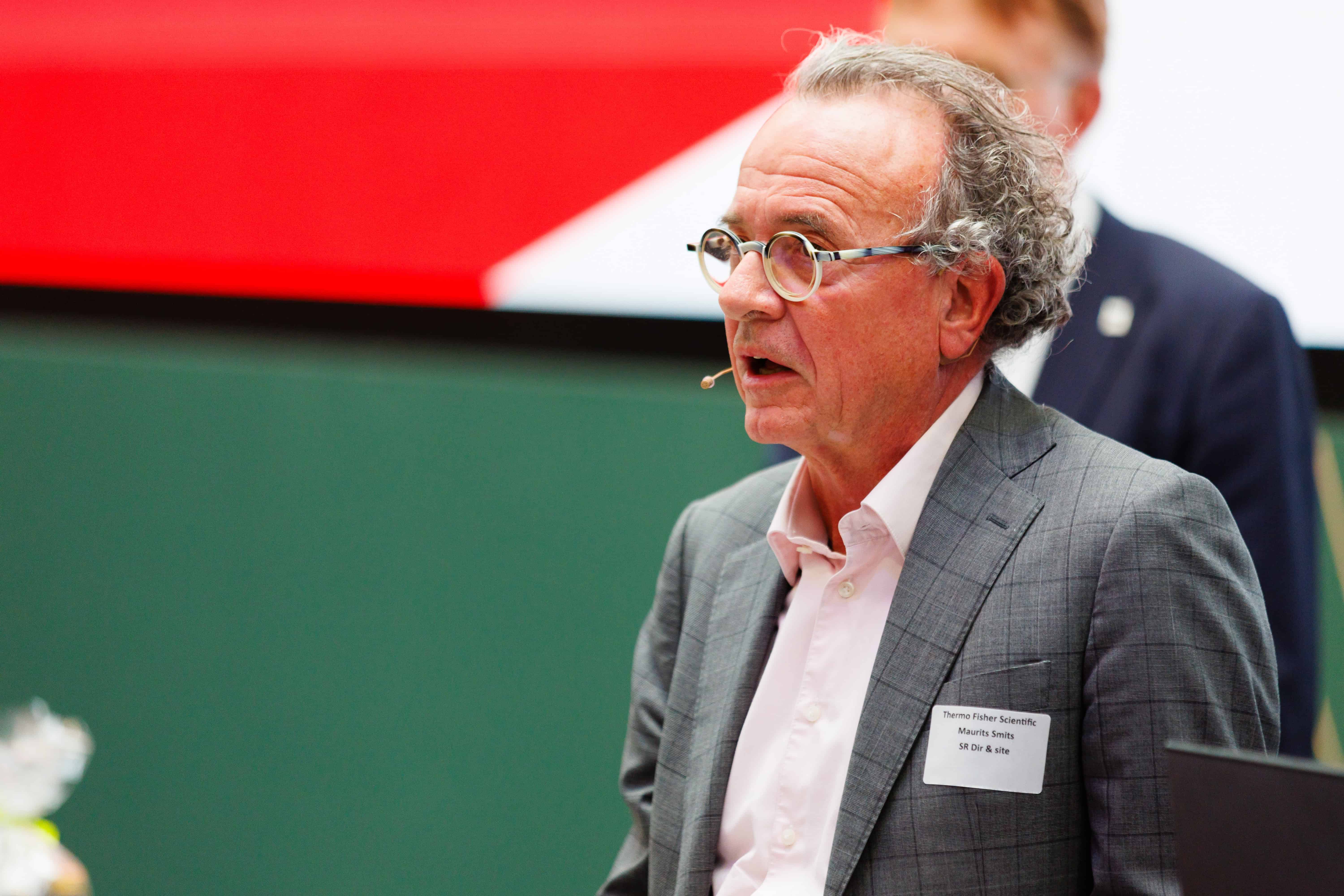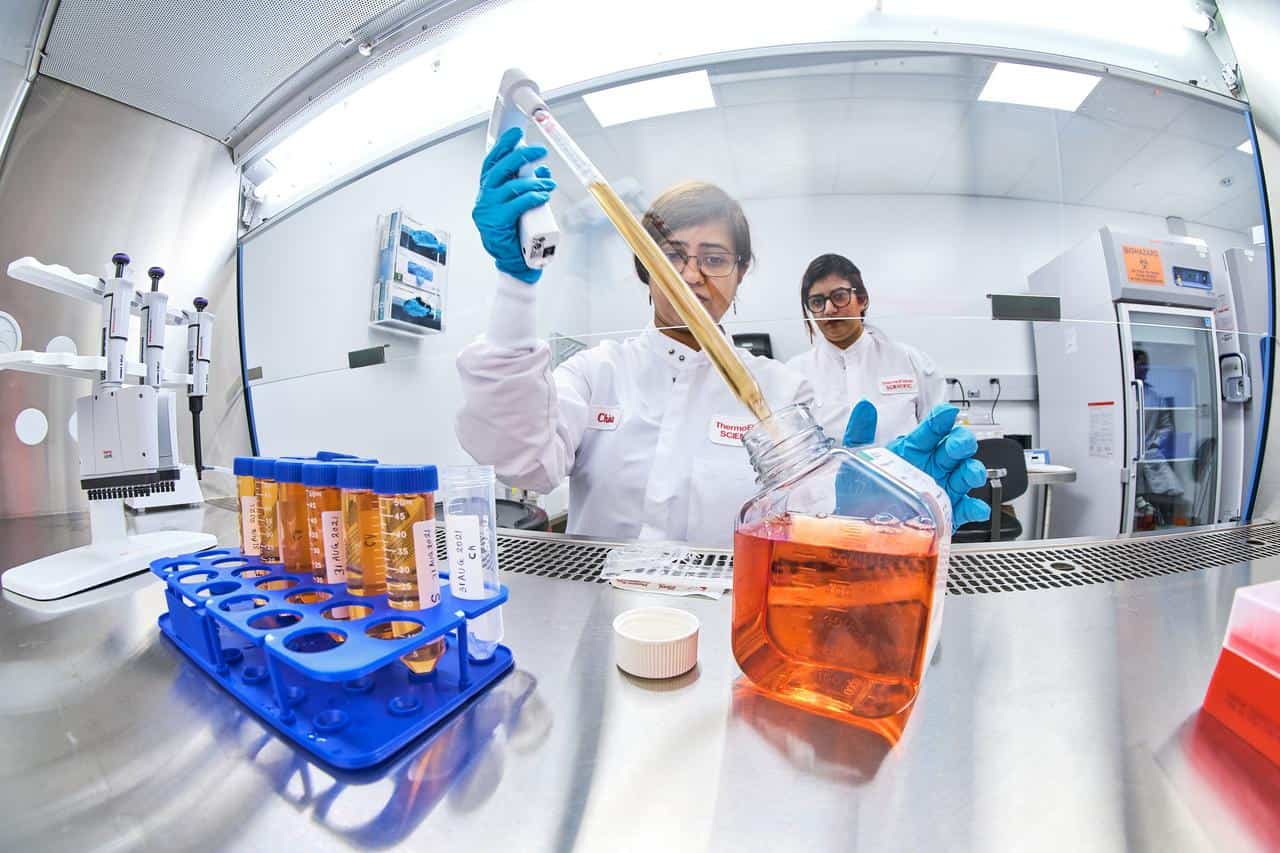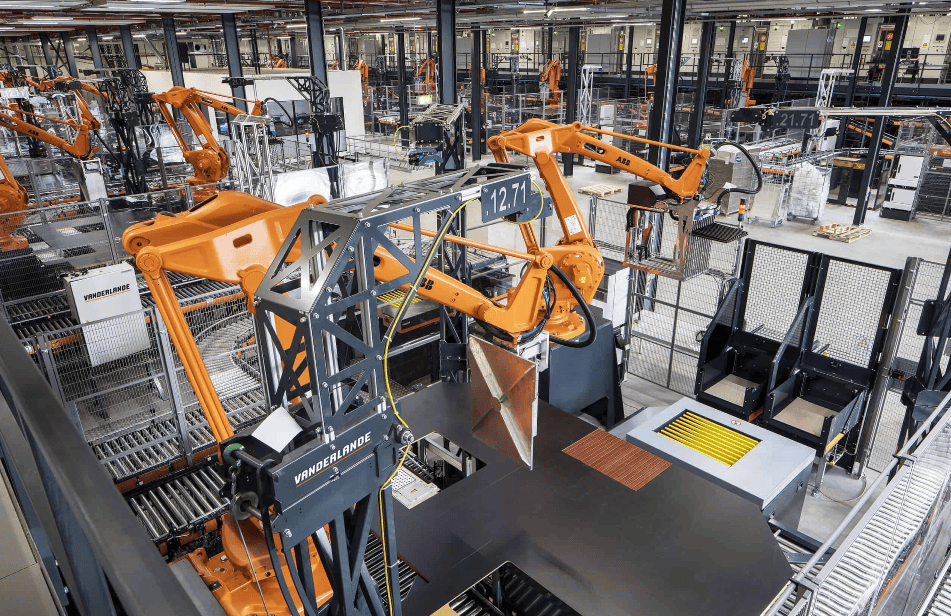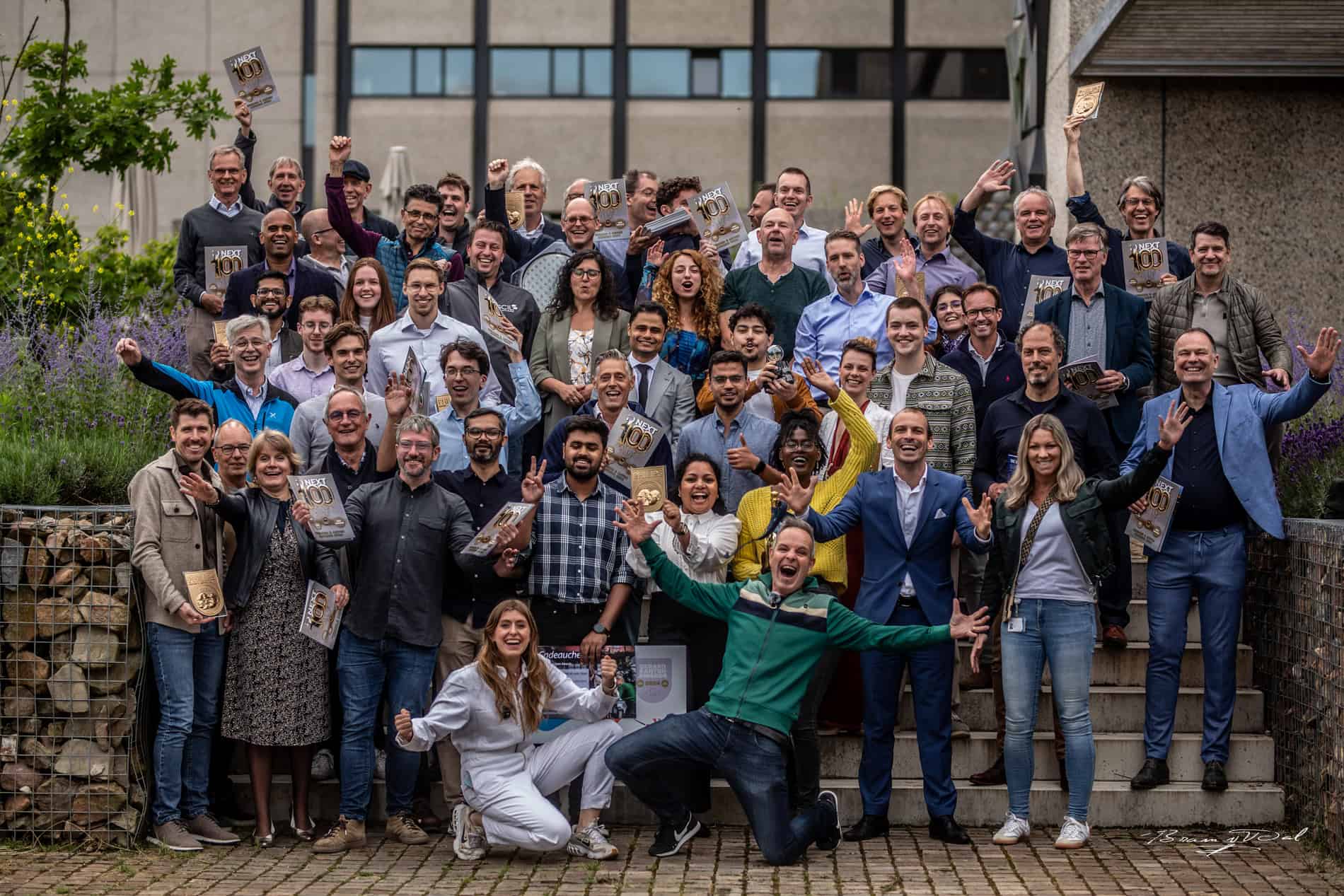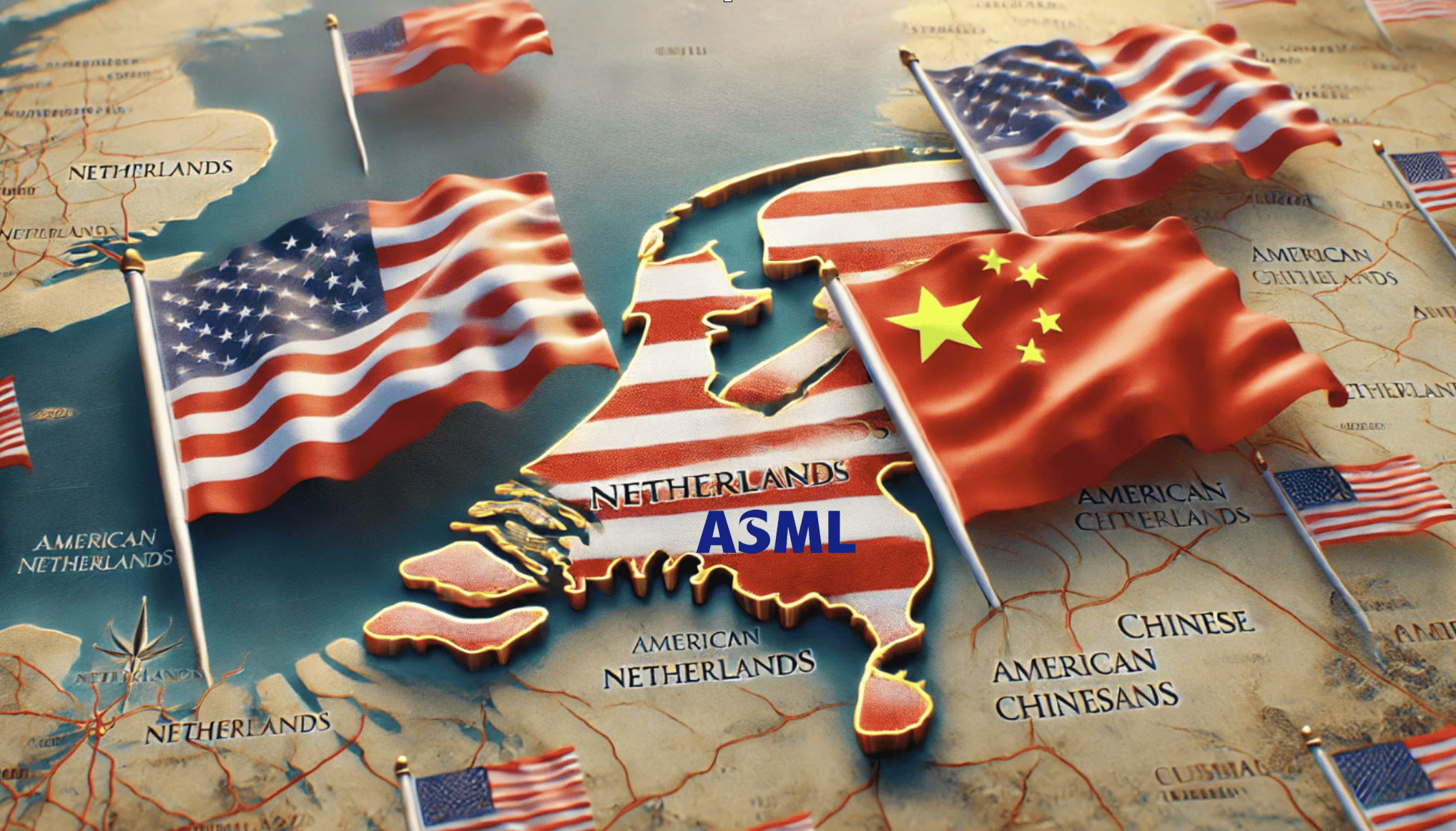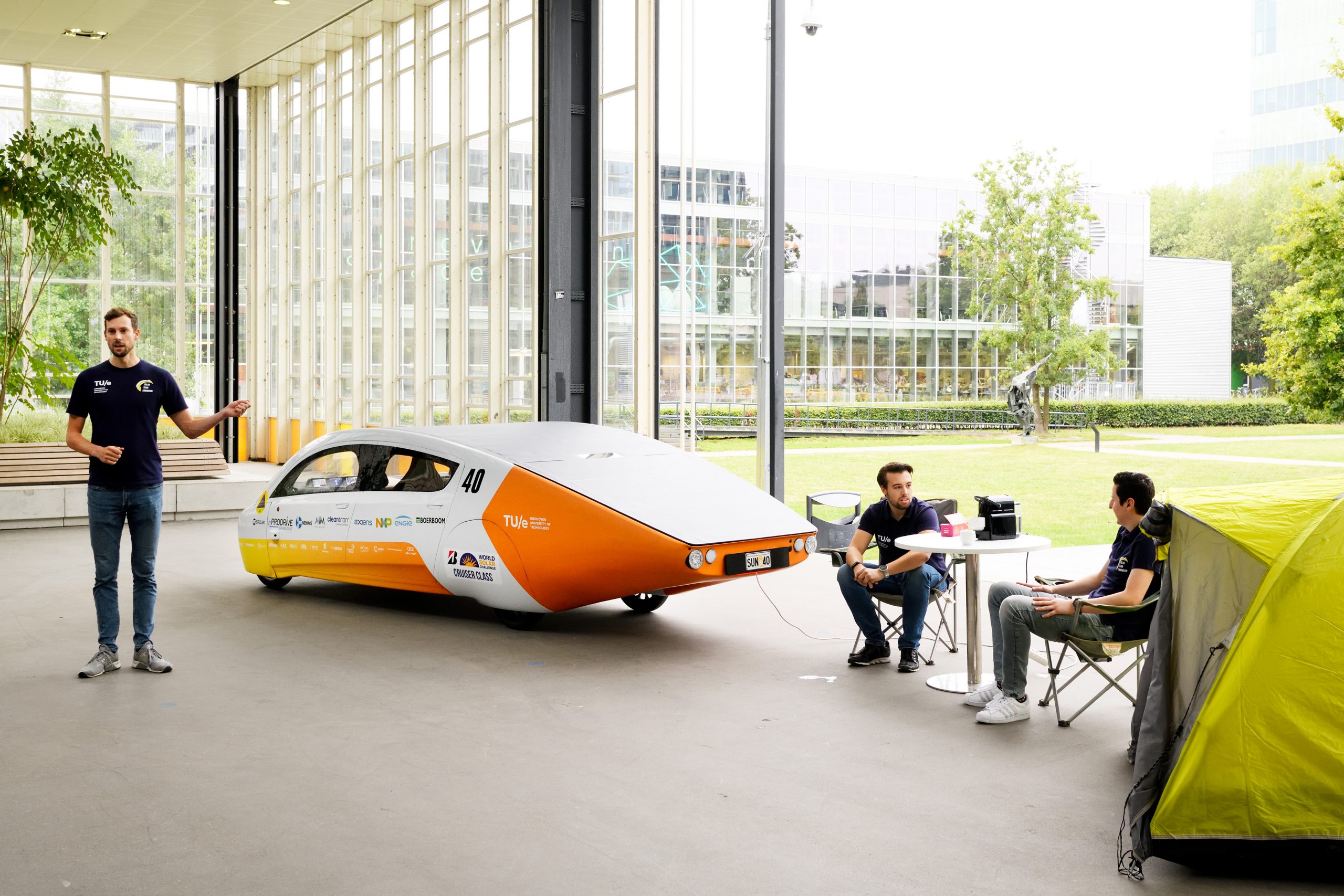
Nobody doubts the global importance of the Dutch high-tech manufacturing industry. Its success stories are abundant and from all continents, our achievements are looked upon with great respect. Brands such as ASML, Philips, VDL, Thermo Fisher Scientific, Vanderlande, Thales, and Lely appeal to the imagination worldwide. And yet, there’s also work to be done: how do we secure the available knowledge, how do we ensure sufficient new staff, and, above all, how do we continue to develop the High Tech Systems & Materials (HTSM) sector?
A new HTSM Systems Engineering Roadmap has been drawn to help achieve these goals. Based on broad societal challenges and with the aim of supporting the earning capacity of the Netherlands, the roadmap focuses on the structural collaboration between the Dutch industry, academia, and research institutions.
This article concludes a three-part series on the importance of systems engineering for the creative power and earning capacity of the Netherlands.
Wouter Leibbrandt, Science and operations director at ESI (TNO), was one of the authors of the new HTSM Systems Engineering Roadmap. He also took part in the fact-finding mission we wrote about in the first two parts of this series. “The high-tech manufacturing industry in the Netherlands occupies a leading position worldwide and at the same time makes a strong contribution to the Dutch economy and earning capacity”, says Leibbrandt. “But it’s not just technology that matters. In order to maintain a strong industrial position, it is necessary to invest in effective research into systems engineering methodologies. And from there, we can make this scalable and applicable by training young people who not only get their knowledge up to standard but also their skills.”
Hence the search that Leibbrandt is currently carrying out to better embed systems engineering within the Dutch tech universities. To this end, under the direction of Rutger van Poppel of Brainport Development, interviews are now being conducted with a diverse range of representatives of the sector. “The central question here is: what kind of education do you need in order to maintain or even expand the global position we now have? One of our findings is that a project such as Stella (the construction of a solar-powered family car by students at TU Eindhoven, ed) helps enormously. But what is striking is that this is fully sponsored by external parties and is not yet an official part of the study program. Maybe this can be done differently.”
Growth fund

The Netherlands is in good shape, says Leibbrandt. “Much better than in 2008, when the previous major crisis broke out. The basis for this lies with the Dutch industry. In 2008, everyone still thought that the whole of the Netherlands was on its way to becoming a service economy. But the reality was that it was the manufacturing industry that saved our country at the time. The earning power turned out to come from Twente, from Brainport Eindhoven, from the Westland, but not from the Randstad. And now, too, you see that national earning power is a precondition for the steps we can take. The new 20 billion euro national growth fund would never have been possible without the strength of the manufacturing industry.”
This is also one of the driving forces behind the roadmap for HTSM. Leibbrandt: “A large group of R&D employees from Dutch industry and universities contributed to this roadmap. It provides insight into our technical and scientific challenges for the coming years. In it, we indicate how we need to address the industrial need for design and engineering methodologies for software-intensive high-tech systems, in order to keep the Netherlands at the forefront in this area.”
Embedded systems
‘Software-intensive’ is indeed an important addition. It is not for nothing that the predecessor of this roadmap highlighted ’embedded systems’ as a common thread for the high-tech manufacturing industry. Leibbrandt: “We have now dropped that focus; not because the software has become less important, but because it is now much more than that – and because it has become part of an integral whole. This brings us more in line with the Knowledge and Innovation Agendas (KIAs) of the top sectors and the 25 missions laid down by the government in innovation policy.”
Central to the roadmap are the specific needs of the Dutch high-tech manufacturing industry to maintain its leading position in the world, linked to the needs of society. All this translates into goals at a product level, which in turn determine the wishes for education and research.
The relationship with the big challenges for society is direct and concrete, says Leibbrandt. “The systems engineering methodologies that result from the implementation of the roadmap can directly benefit the sectors that make use of digital systems technology. This can be very broad, think for example of healthcare, transport and mobility, safety, energy and environment, agriculture, and so on. The common denominator within all these areas is that societal innovation has become increasingly dependent on the deployment of system technology and its applications.”
Complexity of systems
Although the Netherlands is still doing relatively well, the roadmap makes it clear that there is still much to be done. “An important point of concern is the increasing complexity of high-tech systems. Traditional engineering methods are often informal and focused on one aspect of the whole; that is no longer enough. We see the consequences of this in daily practice, as the industry faces major challenges in continuing to develop well-performing high-tech systems. A better systems engineering foundation is needed to improve the efficiency, effectiveness, quality, and cost of the processes and the resulting products”.
And according to Leibbrandt, the crux for that foundation really lies in developing a methodology that can provide a new generation of world-class technicians through targeted systems engineering training. “Only in this way can all goals be served: continued earning power for the Netherlands, a global top position for our manufacturing industry, and a focused approach to our major societal challenges.”
This is the final part of a short series on the importance and challenges of systems engineering in the Netherlands. Read the entire series here.



